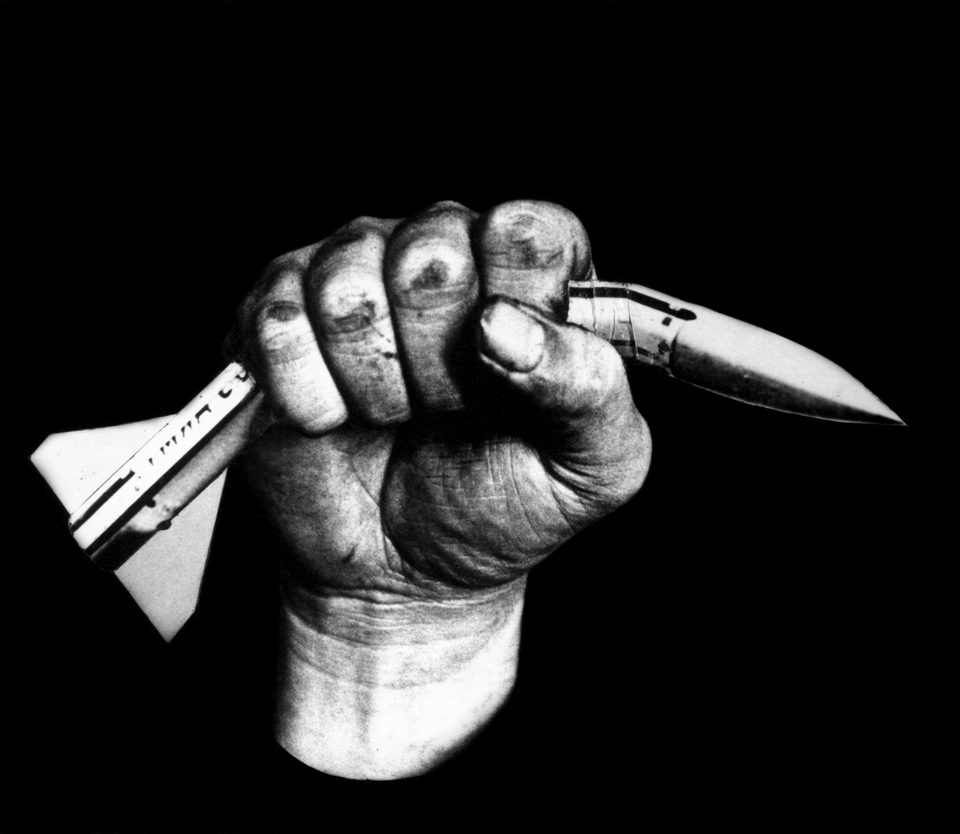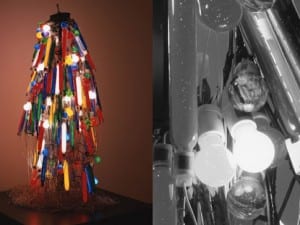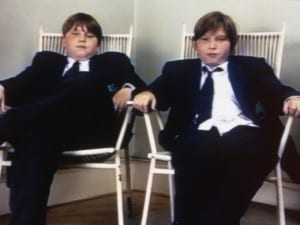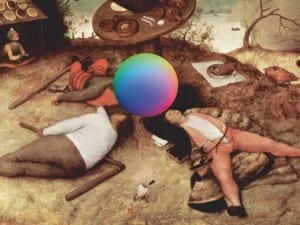With characteristically prescient timing Peter Kennard, patron of the UK protest movement and one of the country’s most revered yet under-celebrated political artists presents his latest exhibition at the Imperial War Museum, London. As if fuelled by the marked political intensity in the air following the general election Peter Kennard, Unofficial War Artist, across four gallery spaces, showcases his most iconic visual works, from his beginnings as an anti-Vietnam War protest artist and student activist through to his latest installation; a work-in-progress Kennard is developing over the course of the exhibition, and the first major retrospective of his career.
Kennard deconstructs, rebuilds and layers images to discern hidden or implied truths about the scenes and the subjects he portrays. His brilliance lies not only in his uncanny ability to capture, and in some cases define the zeitgeist, but in the way he is able to then channel the “essential” into accessible visual forms. Kennard’s photomontages, installations and paintings have become ubiquitous, adorning walls and spaces in galleries, museums; in the streets and public spaces he calls artistic home, in newspapers, books, and magazines, and on posters, leaflets and placards. His damning visual critiques of Henry Kissinger and Tony Blair are seared into public consciousness, and his contributory works to the Campaign for Nuclear Disarmament in the 1980s are widely recognised icons of the age. Unofficial War Artist is a timely reminder to present-day activists about the power of art as political expression and a unifying voice for dissent.
The first rooms house a selection of Kennard’s paintings. STOP, a collection of Kennard’s earlier pieces maps his political awakening as a student activist, referencing the Paris student riots, anti-Vietnam War protests and the “Prague Spring” that erupted at the tail end 1960s. Decoration (2004) critiques war honours in general, with reference to the 2003 invasion of Iraq specifically. He combines digital prints worked over in oil to depict British and American military medals sporting frayed flags and aggravated ribbon fabric, embellished with scenes of explosions, military equipment and the bandaged faces of Iraqi war victims in place of medallions.
Next, an elaborate archival store of Kennard’s own design which contains most of his work from the 1970s and 1980s. Iconic photomontages Crushed Missile, Haywain with Cruise Missiles and Warhead are displayed alongside their various distributional forms – badges, leaflets and the like – to underscore the importance of reproducibility and ease of dissemination to the activism at the heart of Kennard’s work. The final space recreates his installation Reading Room (1997). Eight wooden lecterns, with two photographs of faces printed on top of the financial pages of a newspaper adorning each are worked over in charcoal. By smudging and blurring the charcoal lines the faces appear to dissolve into the stock market figures, a metaphor for the omnipresence of markets and it’s oppressive, seemingly inescapable presence in our day-to-day lives. Boardroom, which makes its debut at Unofficial War Artist will be a project in continuous flux. The artist will experiment with representations of present-day political realities as they occur, interweaving these themes with elements from previous work to tease out causal relationships that may previously have been overlooked.
Critical acclaim notwithstanding, Kennard is certainly no stranger to censorship. Photo-Op (2005), made in collaboration with Cat Phillipps, perhaps the defining image of the 2003 Iraq War digitally imposes a grinning Tony Blair taking a selfie on the election trail atop a photograph of an inferno at an Iraqi oil field. The effect is powerful, a visual shorthand for the grotesque absurdity of the entire operation, the not-so-well hidden motives, and the flagrant unaccountability of those responsible. The image has been printed full-page in the Guardian, the Independent, the Daily Telegraph, and the Times, and exhibited in galleries across the world. Despite this, the IWM Manchester was forced to scrap its promotional campaign – with Photo-Op as banner image – for its 2013 exhibition Catalyst, just a few short weeks before the scheduled opening. Why? Because the UK’s two largest serving outdoor advertising agencies (CBS Outdoor and JCDecaux), after consultation with the government’s Committee of Advertising Practice refused to allow the IWM to use the artwork on any of their sites, which combined accounts for around 65% of all UK advertisement space. “In Britain the censorship of dissident artists appears benign, but is more insidious” the artist wrote in the New Statesman at the time. His work, and unwavering adherence to pacifism is more important now than ever.
Peter Kennard, Unofficial War Artist continues until 30 May 2016, IWM London, Lambeth Road, London SE1 6HZ.
Krystyna Sierbien
Credits
1. ©Peter Kennard Crushed Missle (1980) original photomontage 36.5 x 28.4 cm.





